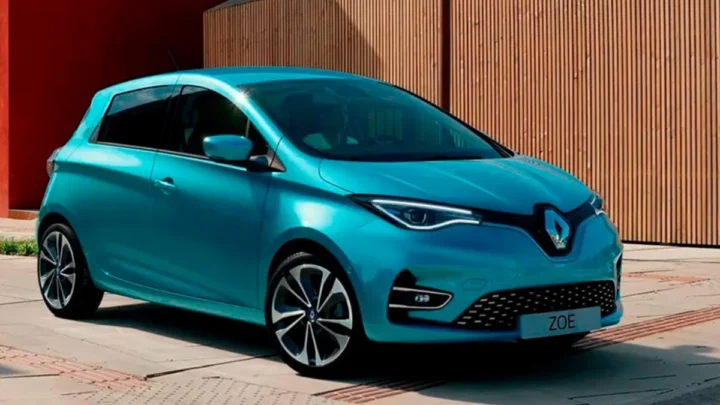Canadian researchers have developed a battery with a monocrystalline electrode capable of maintaining 80% of its original capacity after more than 20,000 charge/discharge cycles.
The secret to electrical longevity
Electric car batteries are lasting much longer than expected. One of the most common fears among users who are considering making the leap to electric mobility is that, as with electronic devices such as smartphones, electric vehicle batteries will end up suffering rapid degradation with use.
Numerous studies have already been carried out to dispel this unfounded idea. According to Luca de Meo, General Director of Group Renault, the longevity of batteries is exceeding initial forecasts.
According to Groupe Renault, as of mid-2022, more than 99% of ZOE vehicles produced since 2013 still have fully functional batteries with more than 70% of their original capacity.

In fact, less than 1% of ZOEs sold in Germany between 2013 and 2022 required battery replacementinside or outside the warranty.
Electric vehicles last longer than internal combustion vehicles because they have fewer moving parts; Contrary to popular belief, batteries last much longer than expected.
This situation will continue to improve in the coming years, as cell chemistry and the BMS (Battery Management System) are constantly being optimized.
For example, BYD estimates that its Blade batteries offer a lifespan of 5,000 cycles, which is equivalent to 2 million km in an electric car with a range of 400 km.
Battery with a useful life of more than 20,000 cycles
The researchers from Dalhousie Universityin Canada, have now developed a battery that drastically improves these numbers. Equipped with a monocrystalline electrode, this battery was charged and discharged continuously in a Halifax laboratory for six years. After more than 20,000 cycles, it still retains 80% of its capacity.
According to researchers, this would be equivalent to traveling around 8 million kilometerss. The study was funded by Tesla Canada and the Natural Sciences and Engineering Research Council of Canada (NSERC) under the Dalhousie Alliance Grant.
The main advantage of the monocrystalline electrode is the fact that it is subject to very little mechanical stress due to successive charging and discharging, so that cracks do not form. This means that the battery is no longer a limiting component of the vehicle and that the package can continue to be used in stationary energy storage applications at the end of the vehicle's useful life.
Source: pplware.sapo.pt


